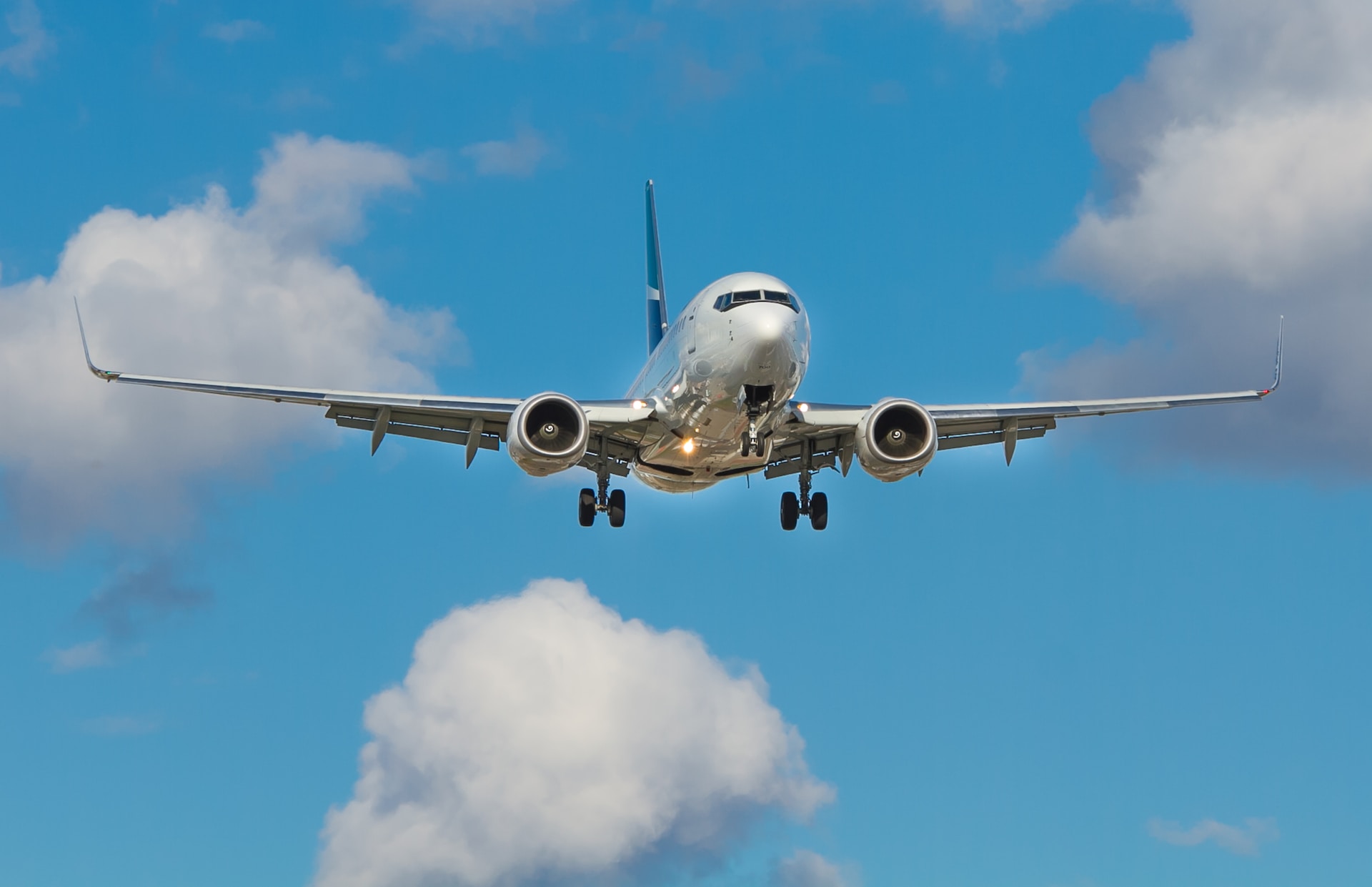Aviation has long been considered one of the most polluting industries, accounting for a significant portion of global greenhouse gas emissions. But recent advancements in electric propulsion technology have led to a new era in aviation, with the development of electric airplanes. While electric airplanes are not yet capable of replacing commercial aircraft powered by traditional fuel sources, experts predict that they have the potential to revolutionize the industry in the coming decades.
One of the key benefits of electric airplanes is their reduced environmental impact. Traditional airplanes emit significant amounts of carbon dioxide and other pollutants, contributing to climate change and poor air quality. Electric airplanes, on the other hand, produce zero emissions during flight, significantly reducing their impact on the environment. In addition, electric airplanes are much quieter than traditional aircraft, making them a viable option for communities that may be impacted by noise pollution from airports.
There are currently several companies working on developing electric airplanes, ranging from small startups to established aerospace companies. One such company is Pipistrel, a Slovenian manufacturer of light aircraft. In 2020, the company unveiled the Velis Electro, the world’s first fully electric airplane to receive certification from the European Union Aviation Safety Agency. The Velis Electro is designed for training purposes and has a range of up to 50 minutes on a single charge.
Another company at the forefront of electric aviation is Eviation, an Israeli startup that is developing the Alice, an all-electric airplane with a range of up to 620 miles. The Alice is designed for regional transportation, with the goal of reducing emissions and noise pollution on short-haul flights. The Alice is currently in the testing phase and is expected to enter commercial service in the coming years.
Despite the promising advancements in electric airplane technology, there are still several challenges that must be addressed before they become a viable option for commercial aviation. One of the biggest challenges is the limited range of electric airplanes, which makes them unsuitable for long-haul flights. In addition, electric airplanes require significant amounts of battery power, which can be heavy and expensive, and may limit the amount of cargo and passengers that can be carried.
Another challenge is the infrastructure required to support electric airplanes. Unlike traditional airplanes, which can be refueled at airports around the world, electric airplanes require charging stations that are currently limited in availability. This means that airlines would need to invest in significant infrastructure upgrades to support electric airplanes, which could be costly and time-consuming.
Despite these challenges, many experts remain optimistic about the future of electric aviation. In addition to the environmental benefits, electric airplanes also have the potential to be more cost-effective than traditional airplanes, with lower maintenance and fuel costs. They could also open up new opportunities for regional transportation, connecting smaller communities that are currently underserved by traditional airlines.
In conclusion, the development of electric airplanes represents a significant step forward in the aviation industry. While they are not yet capable of replacing traditional airplanes, they have the potential to revolutionize the industry in the coming decades. As the technology continues to advance, and infrastructure to support electric airplanes becomes more widely available, we can expect to see more electric airplanes taking to the skies, contributing to a more sustainable and environmentally friendly aviation industry.




